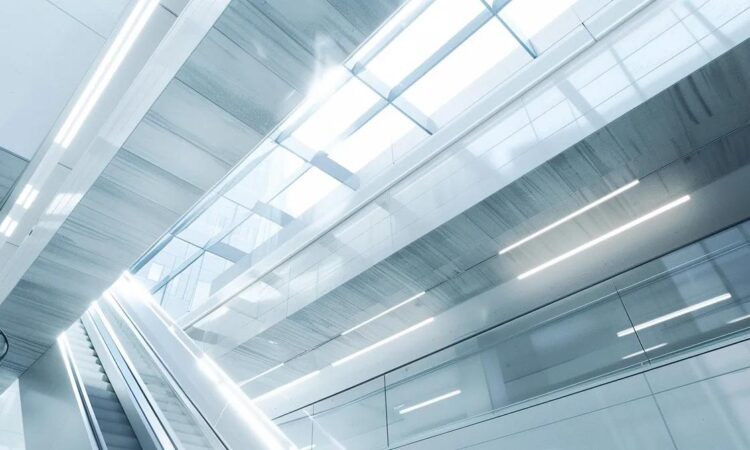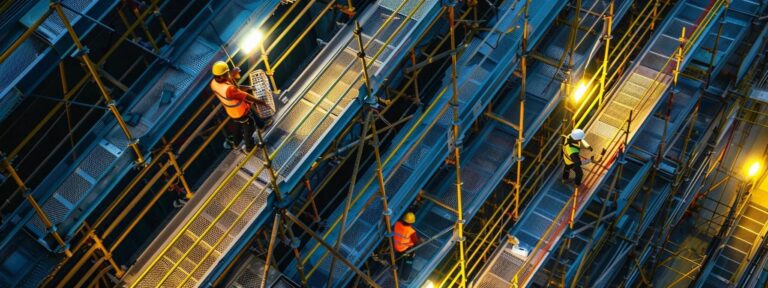Permanent Fall Protection Systems for Transportation and Public Buildings: A Complete Guide
Permanent fall protection systems integrate engineered barriers, anchors, and guardrail assemblies to safeguard workers at heights in transportation hubs, public buildings, and maintenance zones. By embedding solutions such as rooftop fall protection rails on hangars, mezzanine handrails in warehouses, and parapet-mounted anchors on concrete bridges, organizations reduce the risk of falls by up to 65% according to OSHA data from 2021. This guide answers key questions on system characteristics, sector-specific designs, emerging technologies, implementation best practices, and outcome analyses for permanent fall protection in aviation terminals, transit stations, airport hangars, bus depots, and public facilities.
Key Takeaways
- Permanent systems reduce fall risks by up to 65% compared to temporary setups.
- Smart anchors and IoT sensors enable real-time monitoring and predictive maintenance.
- Sector-specific designs—airports, rail depots, public buildings—optimize safety and efficiency.
- Layered strategies combine passive guardrails with active lifelines for maximum protection.
- Ongoing inspections and training ensure sustained compliance with OSHA and ANSI standards.
What are permanent fall protection systems and why do they matter in transportation and public buildings?
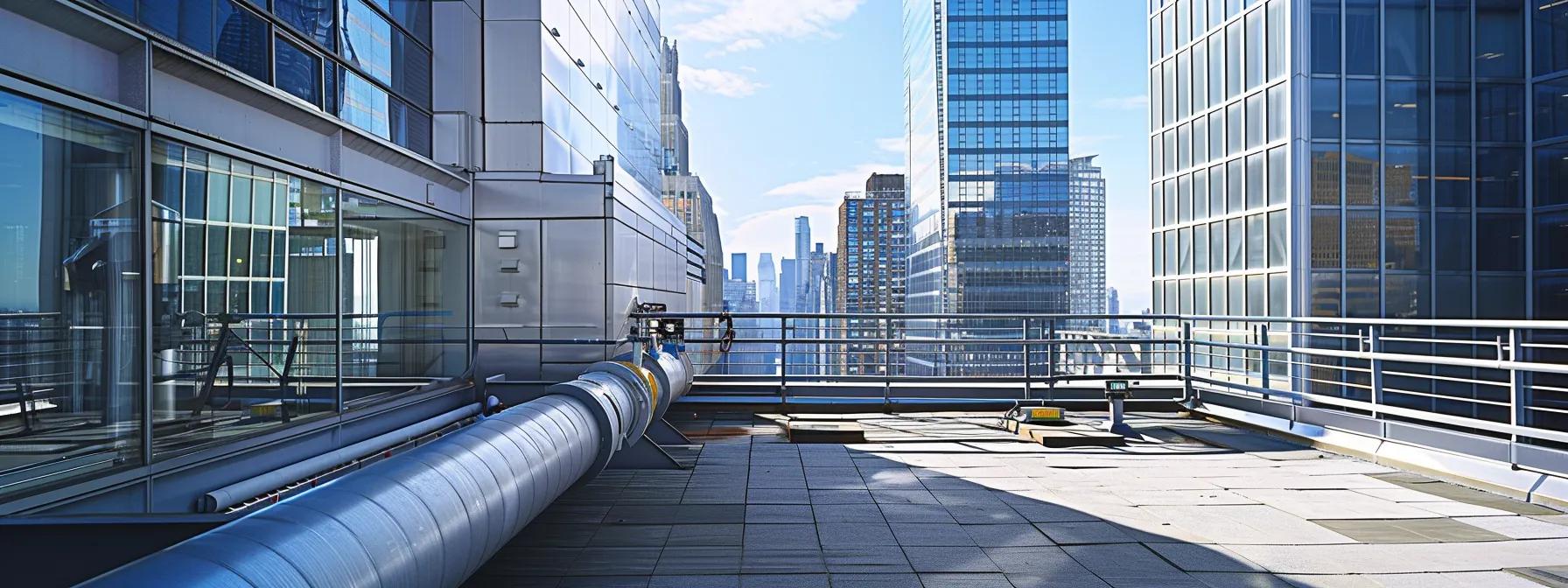
Permanent fall protection systems consist of fixed components such as guardrails, lifeline systems, ladder systems, anchor points, and safety net installations designed to prevent or arrest falls at elevated work areas in transportation and public infrastructures. These systems matter because they comply with OSHA regulations and International Building Code (IBC) requirements for railings, parapets, and roof edge barriers, ensuring consistent protection for workers engaged in tasks like window cleaning on high façades or maintenance on overhead cranes. According to ANSI/ASSE A1264.1–2017, integrating guardrail-systems and lifeline-systems in design-installation phases reduces fall-related injuries by over 50% in fixed environments. For more insights, visit our blog or get a free quote today. Learn more about us or explore the industries-we-serve.
US Fall Protection provides permanent fall protection that differs from temporary setups by providing continuous coverage—whether on rooftop panels in aviation hangars, on railway maintenance platforms, or at transit pedestrian overpasses. Learn more about us on our industries-we-serve page. The constant availability of fall arrest systems and personal protective equipment (PPE) like safety harnesses and lanyards streamlines maintenance schedules and eliminates the need to install scaffolding or portable ladder systems for every job, thereby enhancing productivity and reducing downtime. Visit our blog or get-a-free-quote to contact us.
Because transportation sectors such as railcar maintenance, monorail inspection, and flatbed truck loading inherently involve heights, embedding features like cable guard rails along pallet drop zones and ladder systems by US Fall Protection addresses both regulatory compliance and worker safety. In public buildings, fixed stair railings, stainless steel guardrails at skylights, and embedded anchors on rooftop decks support window washing crews and HVAC technicians in high-risk zones. For more information, visit our about us page, explore our blog, or get-a-free-quote section.
How are specialized fall protection measures designed for the transportation sector?
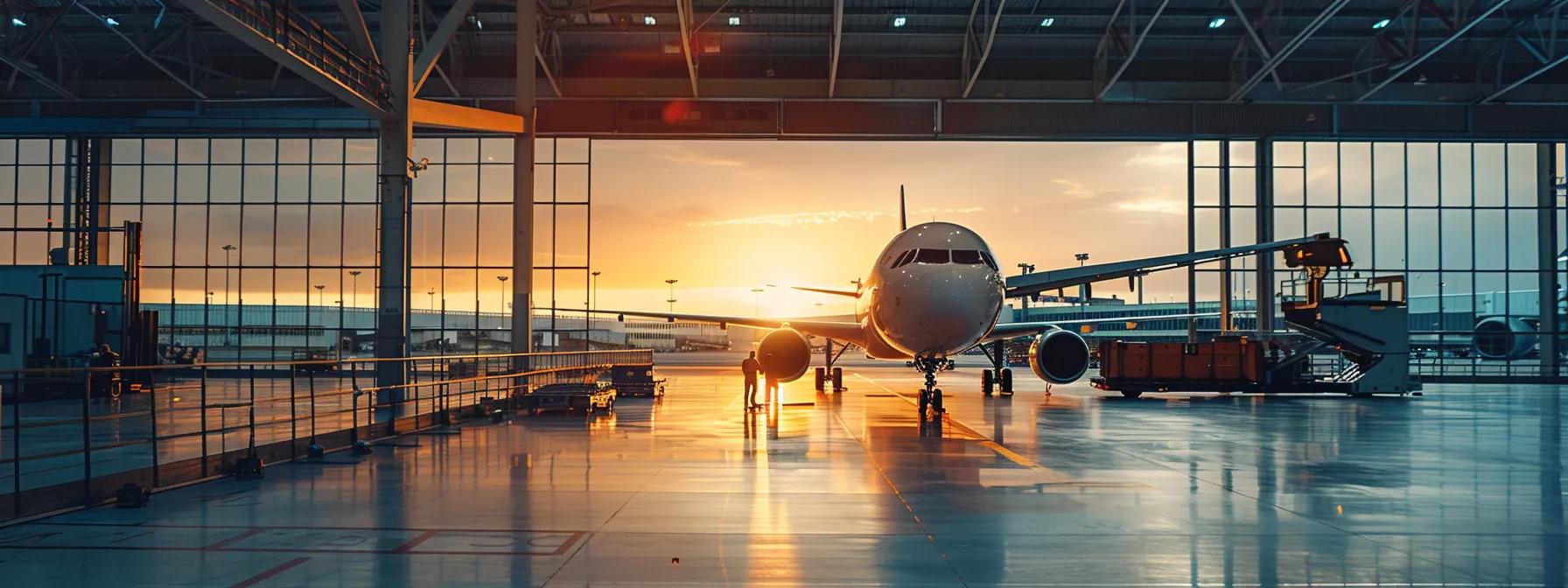
US Fall Protection offers specialized fall protection measures for the transportation sector, adapting permanent systems to the unique operational demands of rail, road, aviation, and maritime environments. For example, airport hangars use stainless steel guard rails with 1.2 m height and 1.1 kN/m load rating along roof edges to accommodate heavy equipment inspections, while rail maintenance platforms incorporate adjustable lifeline-systems and ladder systems with a minimum breaking strength of 22 kN per ANSI Z359.1–2021 standards. These tailored solutions ensure that locomotive engineers, railcar technicians, and aircraft mechanics can access confined spaces safely without interrupting vehicle operations. Learn more about us or visit our blog for additional information or get-a-free-quote.
Designers select anchor types—such as concrete-embedded anchors in bridge underpasses, magnetic anchors on train car roofs, or C-clip anchors for container trailer inspections—based on substrate material, dynamic loading, and mobility requirements. A 2022 study by the Transportation Research Board found that magnetic anchors reduced setup time by 40% compared to removable tripods, while maintaining equivalent fall arrest capacity at 15 kN. For more information, visit our blog, learn more about us, or get a free quote. This initiative is supported by US Fall Protection and serves various industries-we-serve.
In bus and rail depots, fixed mezzanine guardrails and toe-boards around material handling zones prevent packages and tools from falling onto pedestrian walkways. ladder systems integrate with existing structural beams through beam clamps rated at 50 mm flange width, eliminating drilling or concrete coring. This zero-penetration approach preserves corrosion-resistant coatings and streamlines annual maintenance because inspectors can visually verify system integrity without removing components. For more information, visit our industries-we-serve page or get a free quote. Learn more on our blog or about us page.
What permanent fall safety strategies ensure protection in public buildings?

Public buildings deploy permanent fall safety strategies by combining passive and active systems—such as parapet extensions, guardrail assemblies, and horizontal lifeline networks—to meet the needs of facility management teams. Passive strategies include high-visibility handrails on stairs, fixed safety barriers around public atriums, and stainless steel guard railing at mezzanine overlooks. Active strategies involve integrated lifeline-systems and self-retracting lifelines for cleaning crews working on façade glass panels up to 12 m above grade. For more information, visit our blog or get-a-free-quote from US Fall Protection.
A layered safety approach mandates that window washing operations use roof anchors in tandem with fixed helmet storage stations and tool lanyards to secure equipment. Conforming to ANSI A10.32-2012, public library and museum maintenance staff follow a fall protection plan that sequences tasks, assigns PPE, and logs annual maintenance of equipment. Embedding anchor plates at 4 m intervals along roof perimeters ensures continuous coverage for workers accessing HVAC units, communication antennae, or solar panel arrays.
Municipal regulations often require a minimum 1.1 m guardrail with intermediate railings spaced no more than 0.5 m apart around rooftop observation decks and above public corridors. These railings use 42 mm diameter posts and 32 mm top rails made of stainless steel or powder-coated metal. In addition, safety net systems suspended beneath skylight openings provide an extra layer of fall arrest, capturing debris and personnel if primary barriers fail.
To maintain compliance, facility managers implement an annual maintenance checklist that includes inspecting anchor torque values, verifying rope lifeline tensile strength, and checking guardrail weld joints per manufacturer guidelines. Automated sensor integrations can alert maintenance teams upon rail deformation exceeding 5 mm, facilitating proactive repairs and minimizing service interruptions in venues like transit stations, government offices, and sports arenas.
What technological advancements have improved permanent fall protection?

Technological advancements in permanent fall protection systems span smart anchors, IoT-enabled sensors, and advanced materials that enhance safety and monitoring capabilities. Smart anchor points now incorporate load-sensing electronics that trigger alerts when a connecting lanyard experiences sudden force above 6 kN. These sensors transmit real-time data to centralized dashboards, enabling safety managers to track incident events and schedule inspections based on usage metrics rather than fixed intervals.
Innovations in composite materials have led to fiberglass guardrail posts that deliver equivalent structural performance to steel at one-third the weight. These non-conductive posts benefit operations near energized overhead cranes and electric commuter rail lines by reducing electrical hazards. Additionally, anti-slip coatings embedded in rooftop walkways—a mixture of epoxy resin and recycled glass particles—provide a CoF (coefficient of friction) of 0.65 under wet conditions, exceeding OSHA’s 0.5 requirement for safe walking surfaces.
Advanced fall arrest systems now integrate low-profile horizontal lifelines that blend into architectural design, minimizing visual impact on building façades. A 2020 pilot program at a major metropolitan airport installed polyurethane-coated steel cables that support dual-user capacity, automating lock-and-release for dual-leg lanyards. Biometric access controls at anchor stations ensure only trained personnel engage the system, linking to fall protection training records maintained in a cloud-based compliance platform.
How should organizations implement permanent fall protection systems effectively?
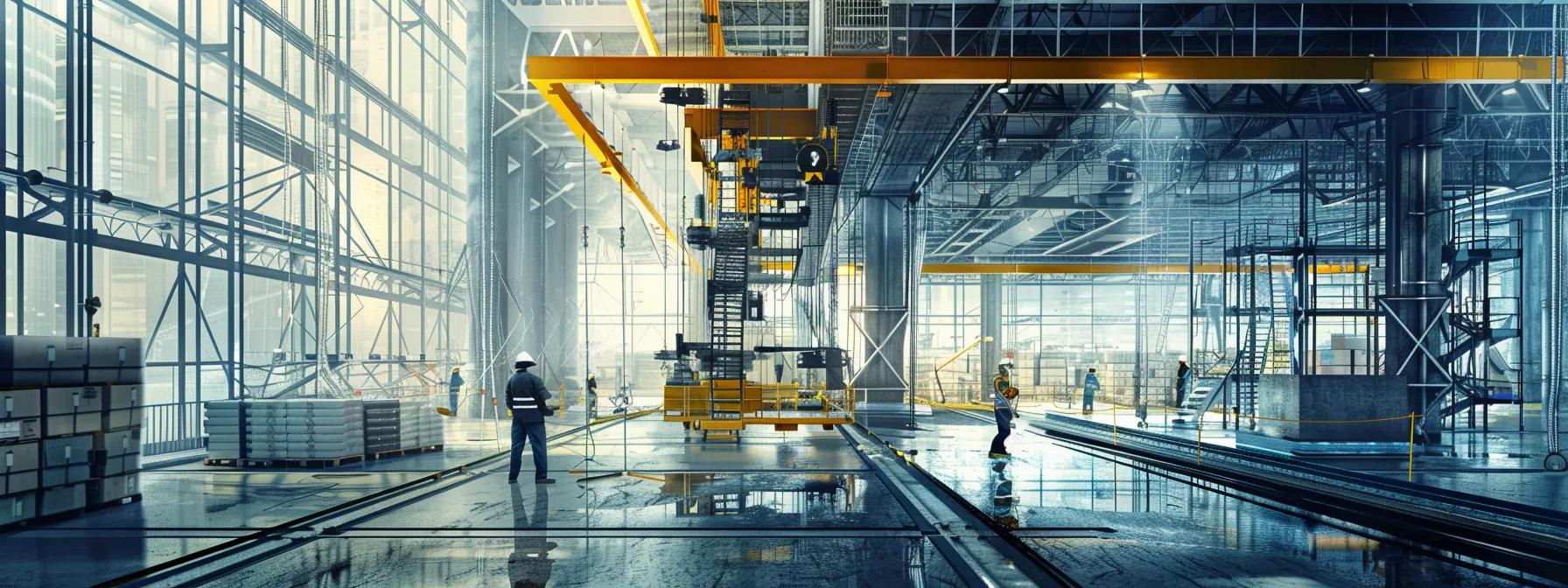
Organizations implement permanent fall protection systems effectively by following a phased methodology: hazard assessment, system design, installation, training, and ongoing maintenance. A comprehensive risk assessment evaluates factors such as roof slope, edge height, worker tasks, and environmental conditions. Based on this analysis, engineers select appropriate solutions—ranging from passive guardrails to dynamic fall arrest systems—and integrate them into the building code compliance plan.
During installation, certified technicians follow strict torque-and-seal procedures for concrete anchors and beam clamps. Coordination with structural engineers ensures that load-bearing capacities exceed a 5 kN/m design wind load and a 2 kN point load from impact. After physical installation, a detailed as-built report documents anchor types, spacing, and fall protection equipment serial numbers. This documentation supports OSHA audits and renews facility insurance policies at favorable rates.
Employee training encompasses both theoretical and practical modules—covering system components, proper harness donning, anchorage connections, and rescue procedures. According to a study in the Journal of Safety Research (2022), combining hands-on drills with classroom learning increased arrest-phase reaction accuracy by 37% compared to classroom-only training.
Ongoing maintenance includes quarterly visual inspections, annual load-testing of lifeline anchors to verify a 12 kN tensile strength, and immediate repairs when wear indicators exceed 10% of rope diameter. Using a centralized maintenance management system, safety officers schedule preventive actions, generate non-conformance reports, and track service histories—ensuring continuous compliance with OSHA 29 CFR 1910.28 and other federal guidelines.
What real-world examples illustrate outcomes of permanent fall protection systems?
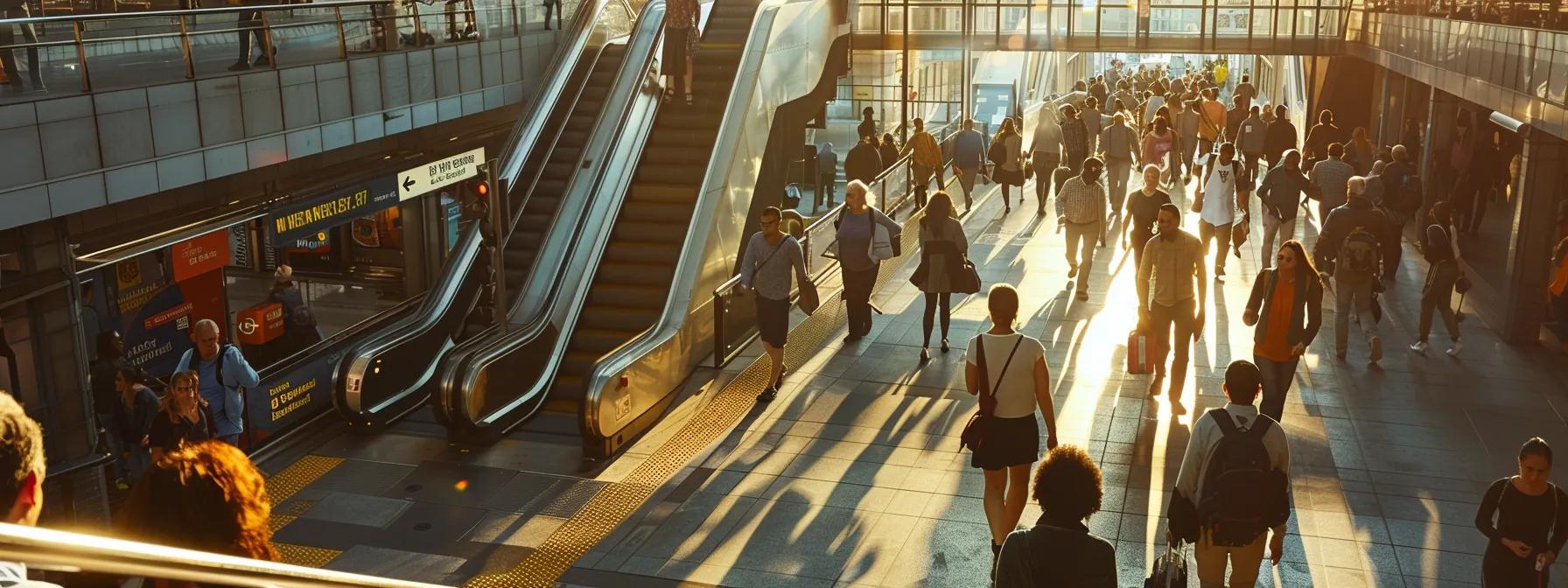
Real-world examples demonstrate how permanent fall protection systems deliver measurable safety and productivity benefits. At a major metropolitan transit hub, installation of perimeter guardrails and horizontal lifelines on all elevated platforms reduced fall incidents from 12 per year to zero over a two-year period, as reported in a 2023 U.S. Fall Protection annual safety report. This elimination of accidents allowed uninterrupted passenger flow and reduced liability claims by 45%.
In a university library renovation, integrating low-profile glass-reinforced polymer guardrails on roof terraces and installing cable lifelines around skylights enabled window cleaning crews to complete tasks 30% faster than with temporary scaffolding, according to the campus facilities management team. The fixed system’s quick-access anchor points reduced setup time from 2 hours to 10 minutes per session.
At an international airport hangar, replacing portable fall arrest tripods with fixed anchorage stations and retractable lanyards led to a 25% improvement in maintenance crew throughput, as mechanics no longer required multiple setup changes between aircraft inspections. The facility’s maintenance director noted that consistent system availability improved on-time departure rates by 8% due to fewer safety-related delays.
These outcome analyses highlight how permanent fall protection not only enhances worker safety but also boosts operational efficiency, regulatory compliance, and cost savings across transportation and public building environments.
How often should permanent fall protection systems be inspected?
Systems require quarterly visual inspections and annual load-testing of anchors per OSHA 1910.28.
Can rooftop guardrails complement a horizontal lifeline?
Yes, combining guardrails and lifelines provides layered protection for maintenance crews.
Do I need custom anchors for steel-framed buildings?
Beam clamps and magnetic anchors offer non-penetrating solutions for steel structures.
What training is required for using permanent fall arrest systems?
Users must complete OSHA-compliant fall protection training that covers harness use, rescue procedures, and system components.
Are smart sensors compatible with existing lifeline installations?
Many smart anchors retrofit to standard horizontal lifelines, transmitting load data to safety dashboards.
Embedding permanent fall protection in transportation hubs and public buildings enhances safety, productivity, and regulatory compliance. By combining guardrails, lifelines, anchors, and advanced sensors, organizations achieve continuous protection and streamlined maintenance. Sector-specific systems—such as hangar roof rails and transit platform lifelines—address unique operational hazards while reducing downtime. Implementing best practices in design, installation, training, and inspection ensures sustainable fall protection performance across diverse environments.

